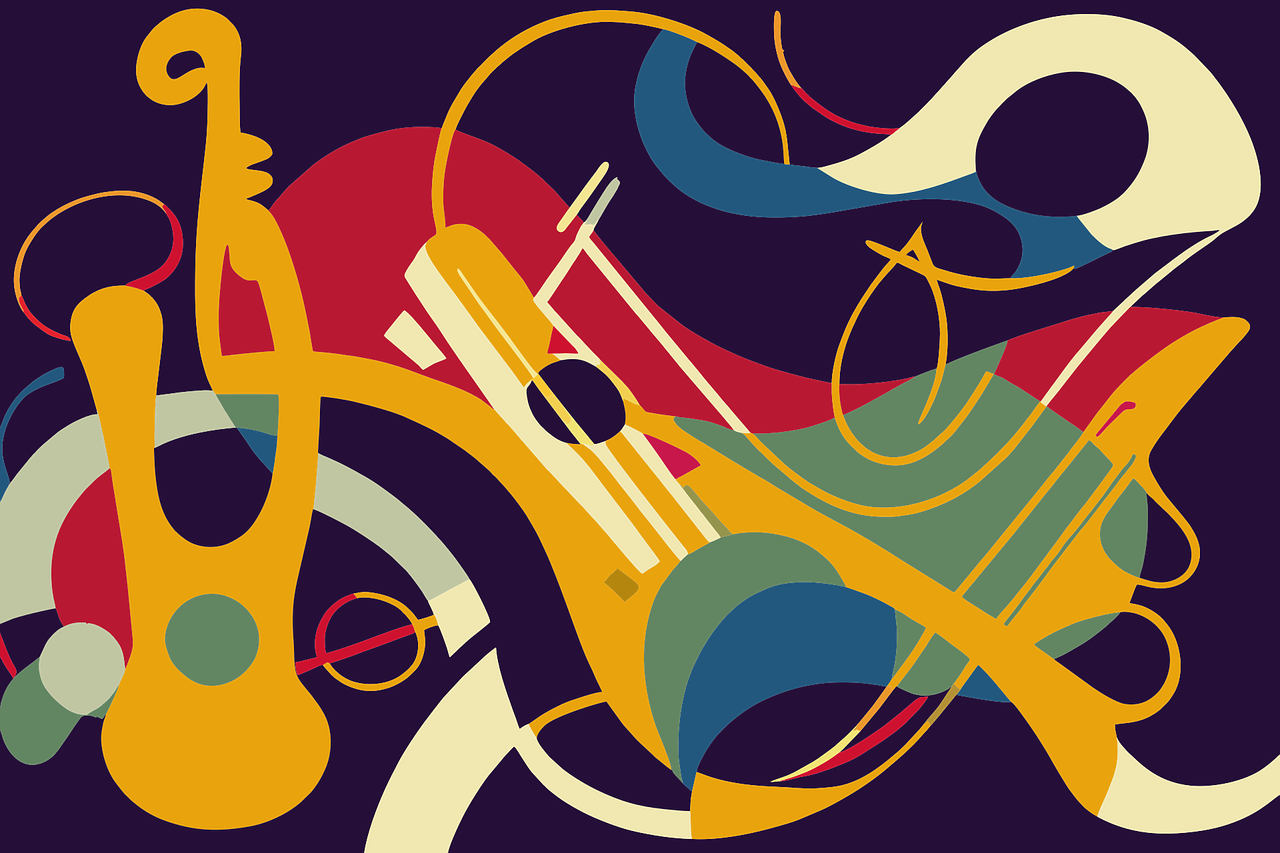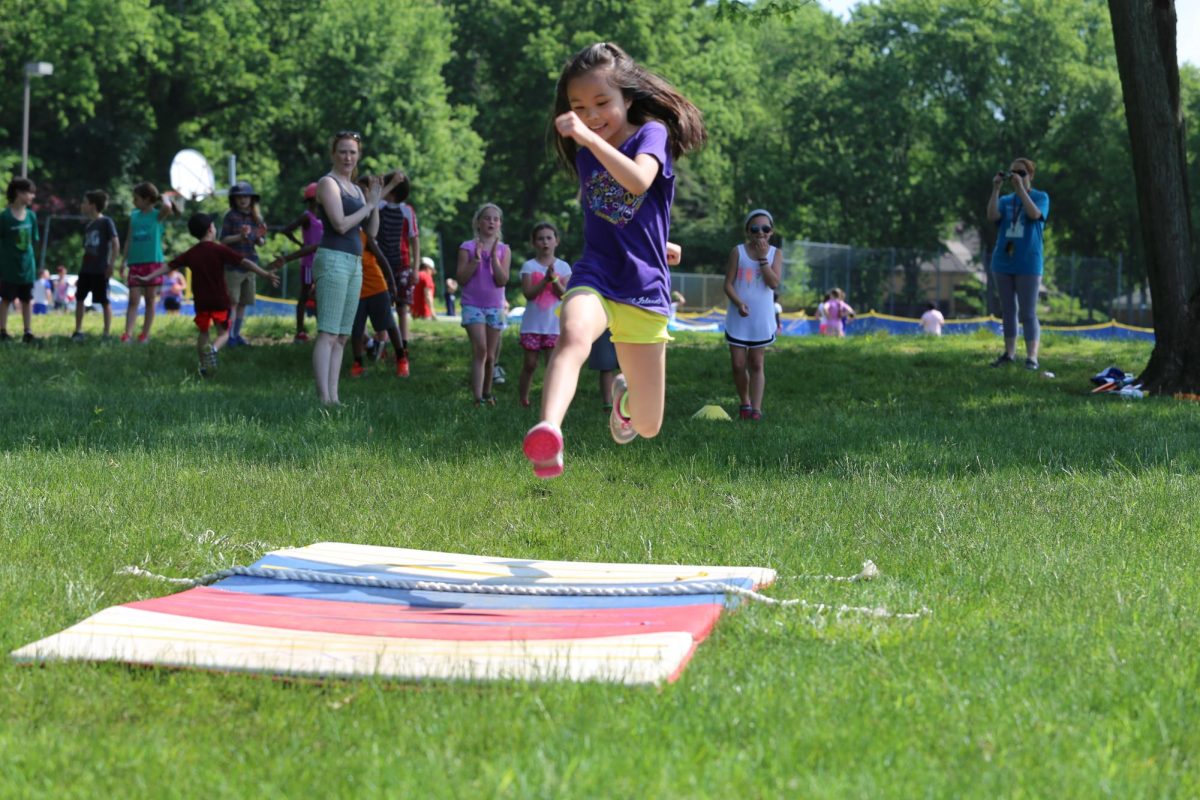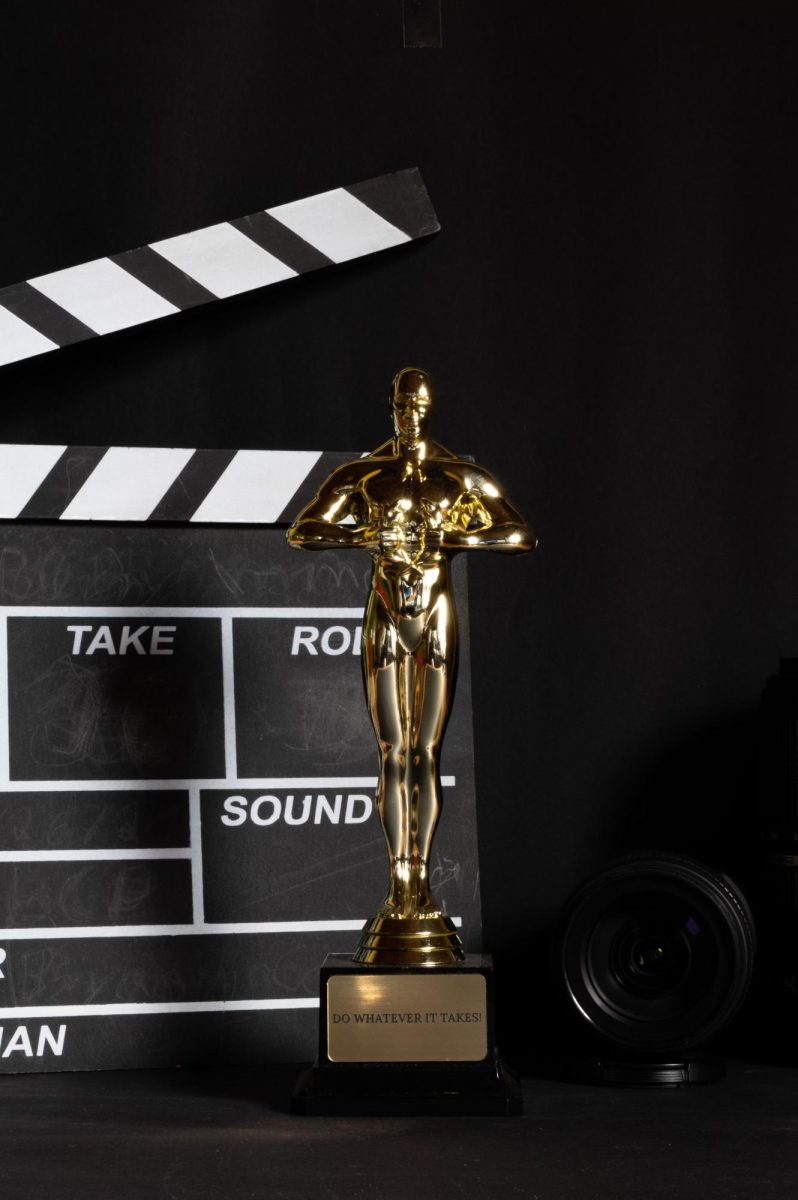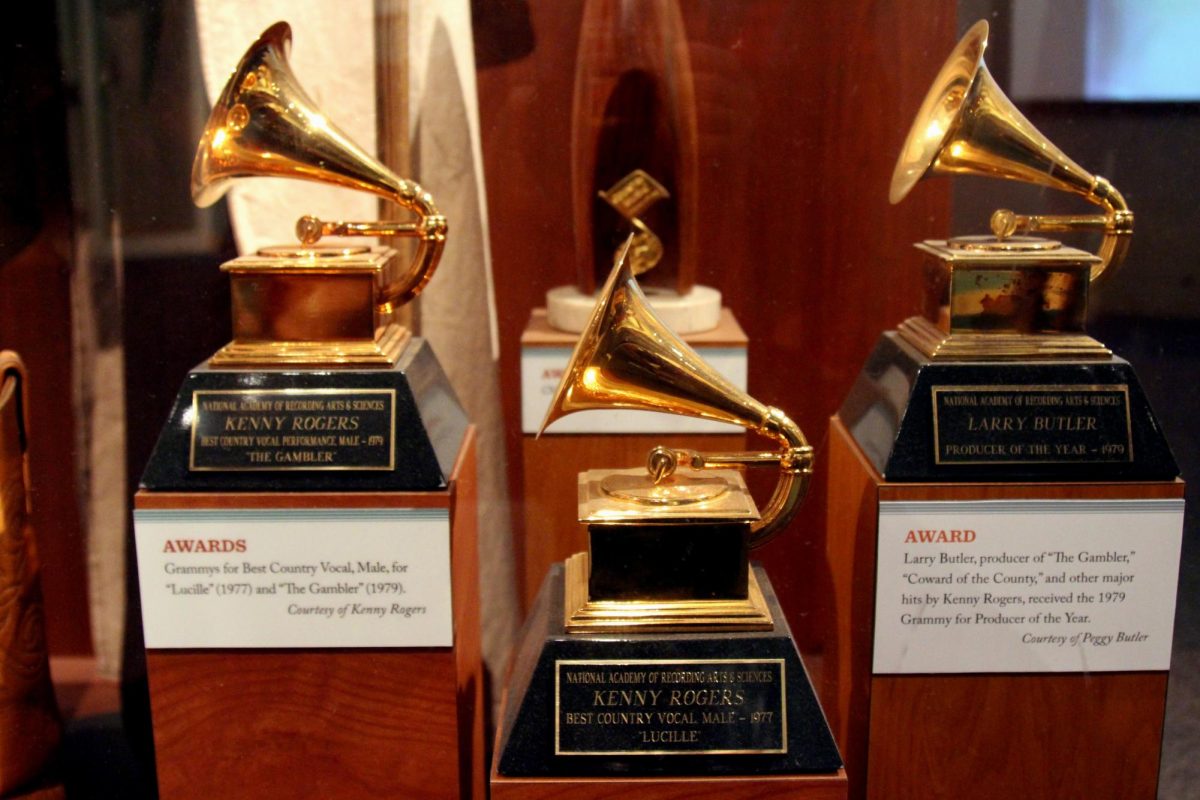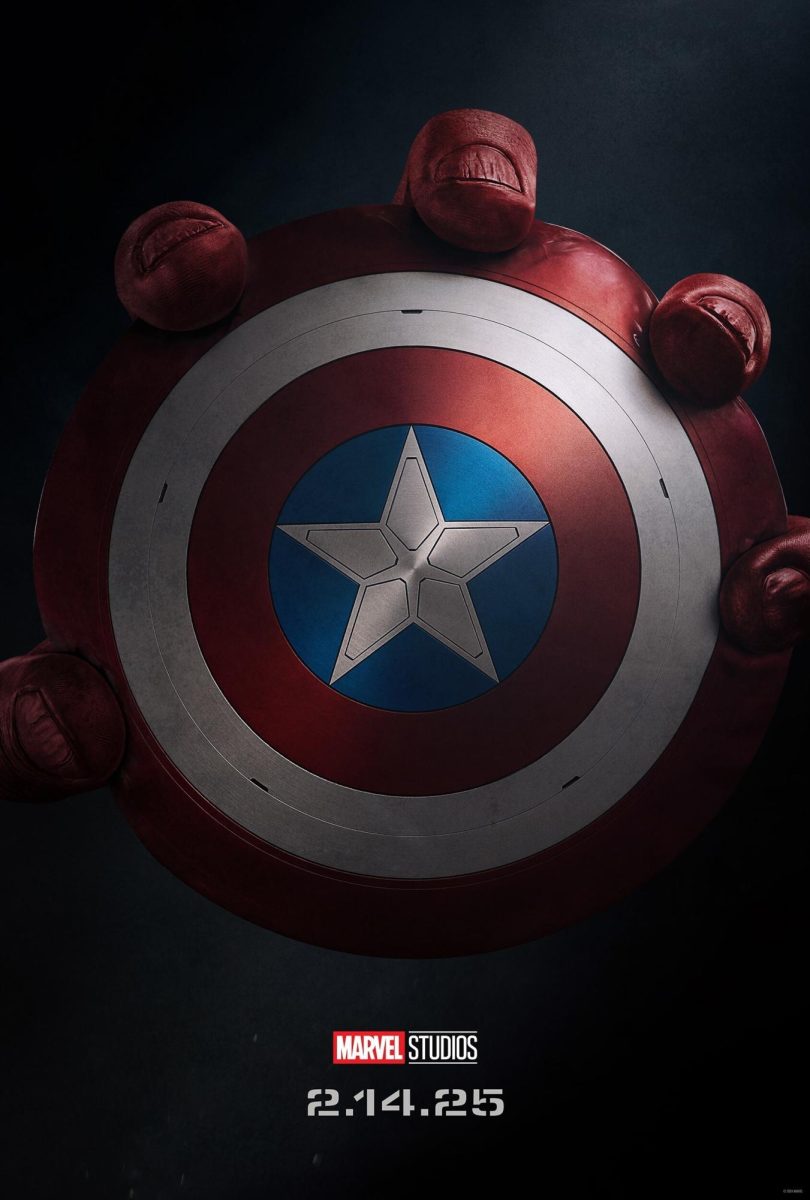As they prepare for exams and end-of-year papers, it is natural for students to study during their free time, wherever they can. Often these spaces include the library, a cafe, or their own home. However these spaces tend to be noisy, and if you aren’t much of a fan of errant chatter, then you might want to listen to some relaxing music instead. But what genre is ideal for such endeavors? Sure, classical music is always a safe bet, and lo-fi is relaxing enough, but over the past year, I have found a new companion for my studies: jazz.
When I hear the diverse pool of subtle drum beats and the dancing melodies of the piano and saxophone, I find myself slipping into a state of focus and productivity, with time slipping away in the best possible way. Jazz music possesses a unique ability to captivate the mind while simultaneously fading into the background, creating an atmosphere conducive to concentration without distraction.
One of the key reasons why jazz stands out as the best studying music is its improvisational nature. Unlike other genres where repetition may become monotonous over time, jazz offers a constant flow of creativity and variation. Each performance is a new exploration, keeping the listener engaged and energized without overwhelming the senses.
While living in New York City, I often studied outside, either in parks or on our balcony. But, due to the omnipresent sounds of air conditioning, honking, and other city sounds, it was impossible to work without being distracted. Listening to jazz, however, allowed me to block out the sounds, and even made them somewhat pleasant, with the improvisational nature of jazz somehow playing along with the random city sounds. Jazz can be listened to anywhere, and even when I’m not working, listening to jazz helps to relax me.
Some of my favorite jazz pieces are Trane’s Blues, by the Miles Davis Quintet; Take Five, by Dave Burbeck, and One O’Clock Jump, by Count Basie. Trane’s Blues is a simple song with drums, piano, and a saxophone, which gets my mind on my work with the switches between the two lead instruments. Take Five is a saxophone-focused song with a repeating drum and piano in the background, while One O’Clock Jump is a classic orchestral jazz that reminds me of movies depicting early 20th-century cities, with each instrument playing in a way that I can’t predict. These songs are my favorites, but really, you can find any kind of jazz that makes your workflow. Whether fast, cascading drums or slow, methodical piano soothes the mind, jazz can fit whatever taste the listener enjoys. I personally like jazz for the pure unrestricted-ness.
So if you have the time, put a pair of headphones or earbuds in and give jazz a try. Some might find some styles of jazz to be too chaotic or slow, but jazz is so unrestricted that it can conform to anyone’s taste, and I assure you that with some patience, you will find the perfect songs to accompany your work.

